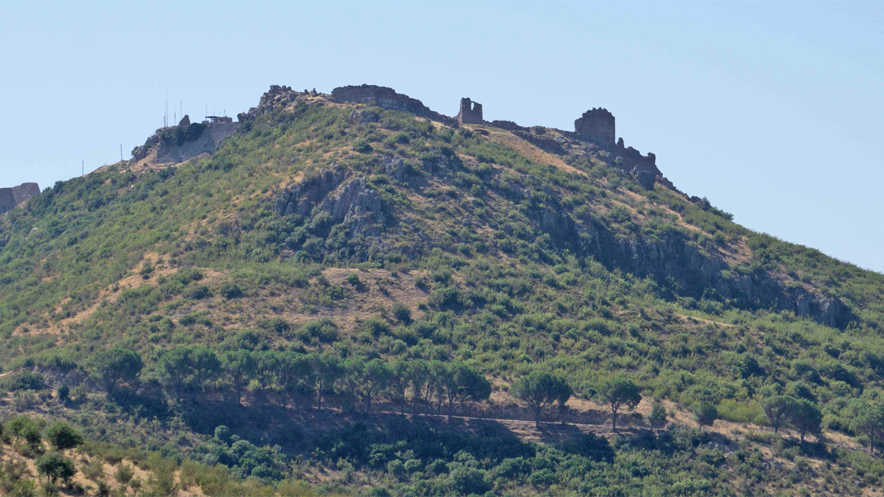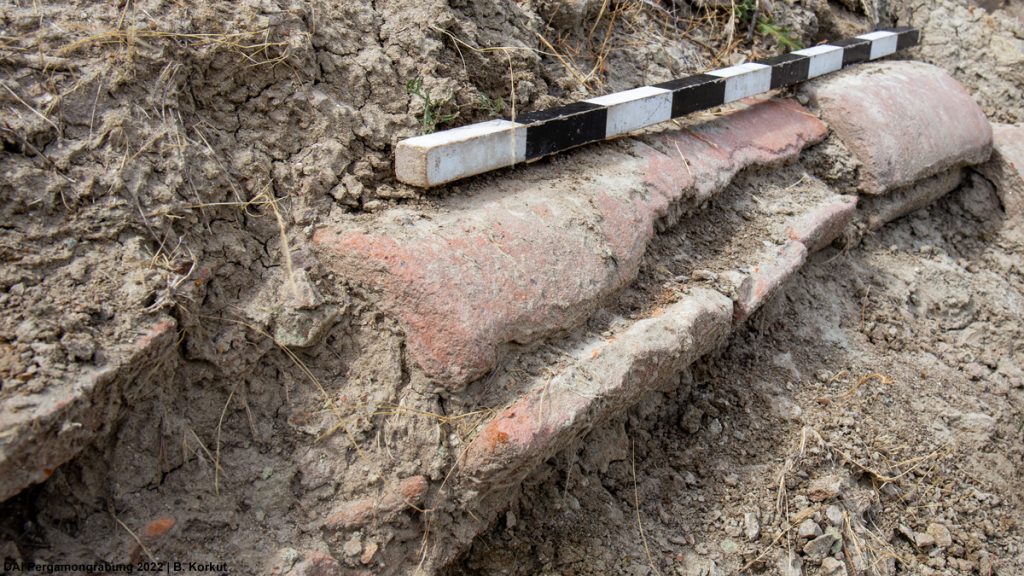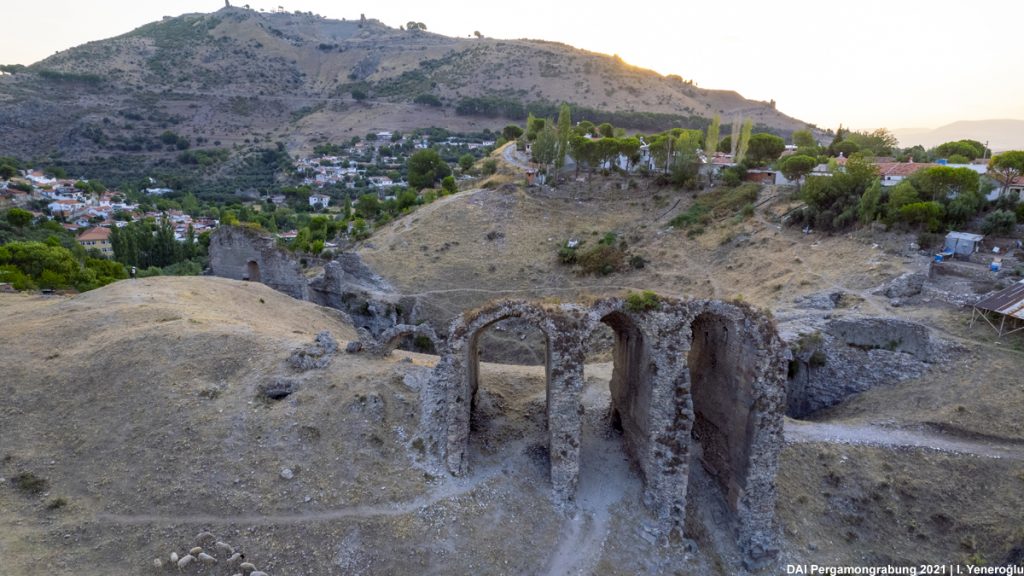The surrounding landscape of ancient Pergamon is characterized by several mountain ranges, the Bakırçay Valley and River and the Aegean coastline. The accessibility of this region was vital for the city since it provided food and resources as well as trade, communication and military movements, all facilitated by a well-developed route network. Despite the importance of roads for the development and prosperity of the city, the ancient route network is still widely unexplored and archeological evidence of roads is extremely rare. Within the framework of the TransPergMikro project, a new study therefore aimed to reconstruct the ancient route network in the surroundings of Pergamon by combining historical and archeological sources with modern computer-aided least-cost path analyses, while also considering changes in the landscape that have occurred since antiquity.
Despite the limited number of archeologically known ancient roads or other infrastructural elements in the vicinity of Pergamon, this study has succeeded in drawing a comprehensive overview of the ancient route network in the region. Even if the study of routes in the surroundings of Pergamon cannot yet be considered complete, the results already offer new perspectives in the investigation of the relationship between the ancient city of Pergamon and its surrounding landscape and they provide new opportunities for the study of human-environment relations within the Pergamon Micro-Region.
The study was published open-access in the special issue “Diachronic Landscape Researches. Examples from the Bakırçay River Catchment (West Turkey)” of Land (ISSN 2073-445X).
Guest editors: Dr. Daniel Knitter (Department of Geography, Christian-Albrechts-Universität zu Kiel, Germany), Prof. Dr. Brigitta Schütt (Department of Earth Sciences, Freie Universitat Berlin, Berlin, Germany), Dr. Beycan Hocaoğlu (Department of Geography, İzmir Katip Çelebi Üniversitesi, Turkey), Dr. Murat Tozan (Department of Ancient History, Ege University, Turkey).



